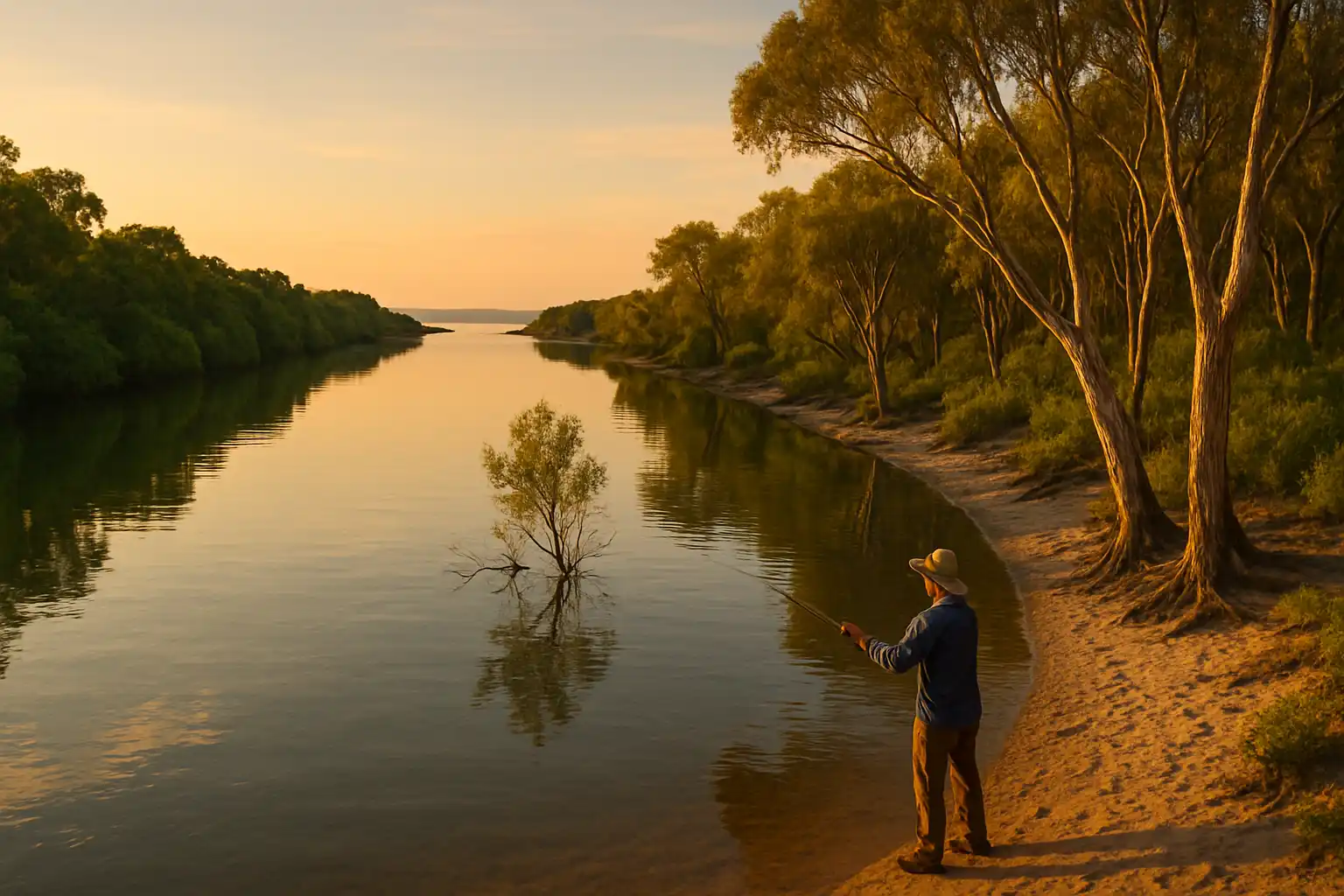
Explore Tasmania’s World-Class Offshore Fishing
Victoria’s offshore waters offer some of the most exciting fishing in the state—from trolling for southern bluefin tuna off Portland to bottom bouncing for snapper and gummy shark closer to shore. Whether you’re launching from a local ramp or heading out through a bar crossing, offshore fishing requires preparation, reliable gear, and respect for the conditions. In this guide, we highlight the best offshore fishing spots across Victoria, key safety considerations, and how to use tides and weather patterns to plan a successful trip.
Victoria’s offshore waters are shaped by a blend of temperate currents, rugged coastlines, and deep reef systems that create diverse and productive fishing grounds. Unlike the tropical waters up north, Victoria’s offshore fishery is seasonal and dynamic—offering thrilling access to species like southern bluefin tuna, snapper, kingfish, gummy shark, and mako sharks at different times of the year.
What makes it unique is the variety within reach of trailer boats. From the deep drop-offs off Portland and Port Fairy to the reef systems near Barwon Heads, Western Port, and Wilsons Promontory, anglers can access big fish with just a short run from the ramp. The cooler southern waters support migratory pelagics during peak months, while inshore reefs provide year-round action for demersal species.
iming and preparation are critical—swell, wind, tide, and bar conditions can change quickly. But for those with the gear and knowledge, Victoria’s offshore fishery delivers both challenge and reward, often just a few nautical miles from shore..
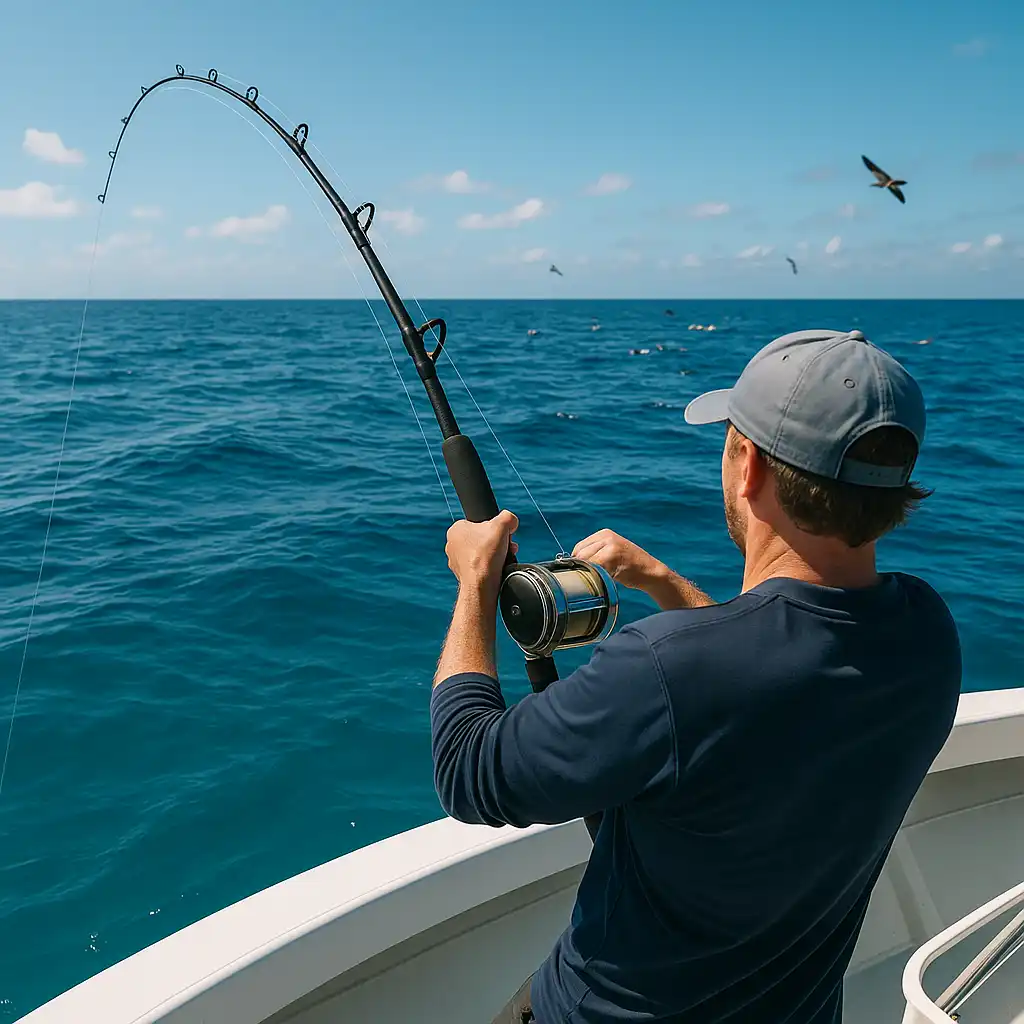
The waters off Portland, Port Fairy, and Cape Nelson are renowned for their deep reefs and close proximity to the continental shelf. This region is a hotspot for southern bluefin tuna during the cooler months and offers year-round fishing for snapper and shark species.
Best for: Southern bluefin tuna, gummy shark, snapper
Top Spots: Portland Shelf, Cape Nelson, Julia Percy Island
Tip: Troll skirted lures or deep-diving minnows for tuna during May–July; keep an eye on bird activity and surface bait.
Launching from Queenscliff or Barwon Heads gives access to productive reef systems and drop-offs along the back of the Bellarine Peninsula. These waters offer reliable snapper and kingfish action, particularly in spring and summer.
Best for: Snapper, kingfish, flathead
Top Spots: The Rip, 40-metre line off Barwon Heads, Point Lonsdale reefs
Tip: Use fresh squid or pilchard baits on the drift for snapper in early morning sessions; target kingfish near structure with live baits or jigs.
Western Port Bay opens into Bass Strait, giving access to offshore reefs that are popular for gummy shark and pinkies. Waters around Kilcunda and Cape Woolamai can be highly productive on calm days.
Best for: Gummy shark, flathead, pinkies
Top Spots: Cape Woolamai, Kilcunda Reef, East Entrance
Tip: Fish the turn of the tide with fresh salmon or squid for gummies—look for contour changes and reef edges.
This region features deep reefs, sandy drop-offs, and productive waters that attract pelagic species as well as reef fish. Access can be limited by bar crossings at places like Lakes Entrance or Mallacoota, so planning is critical.
Best for: Kingfish, mako shark, morwong
Top Spots: Lakes Entrance Reef, Beware Reef, offshore Mallacoota
Tip: Mako sharks are common in summer—drift with a berley trail and set staggered baits at different depths.
Offshore fishing in Victoria demands more than just strong tackle—it requires a well-equipped boat, up-to-date safety gear, and a respect for rapidly changing sea conditions. Even short offshore runs can expose anglers to swell, wind shifts, or dense fog. Preparation is critical for both success and safety.
Before heading out, always check weather conditions, tide charts, and marine forecasts from the Bureau of Meteorology. Make sure your safety gear is in working order, and your boat is fuelled, seaworthy, and capable of handling return journeys in changing conditions.
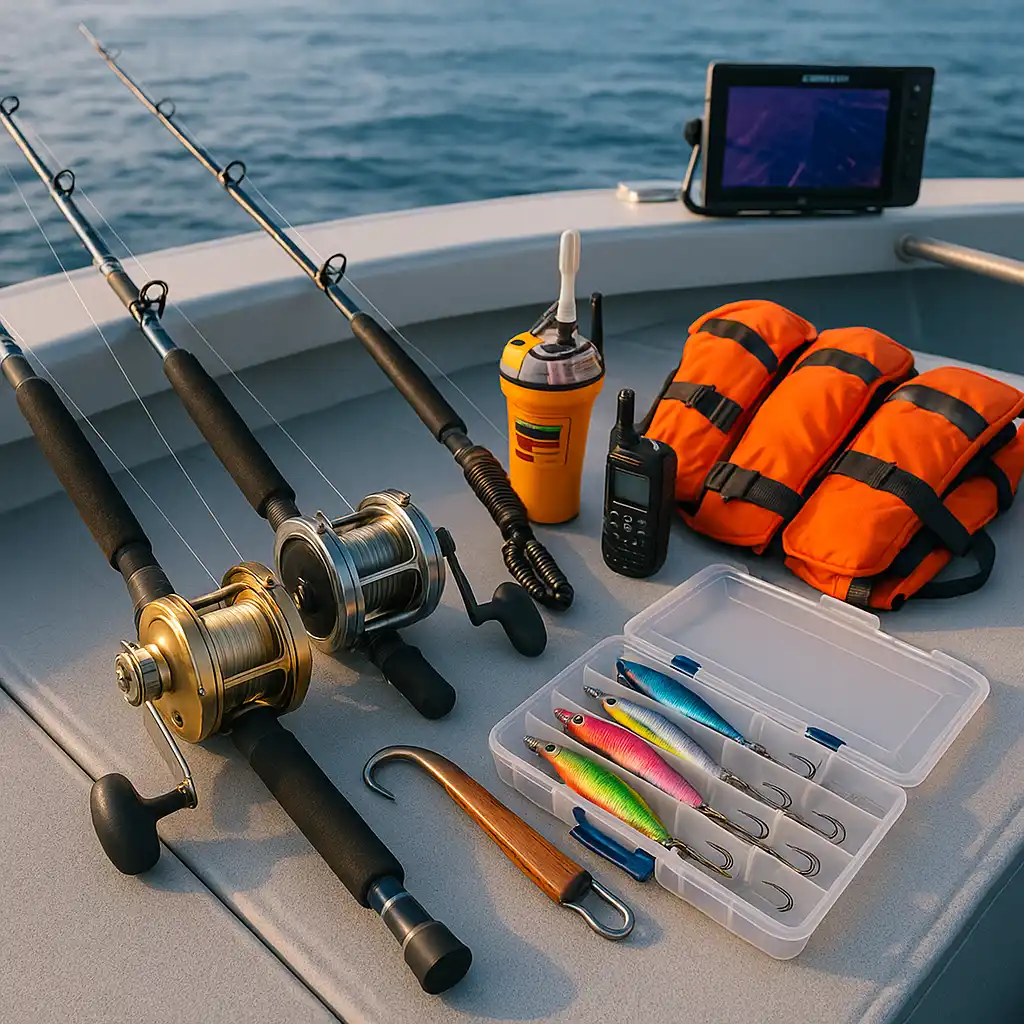
Track Temperature Breaks for Tuna and Kingfish
Pelagic species like southern bluefin tuna and kingfish often follow temperature lines or breaks in offshore waters. Use sea surface temperature (SST) charts from satellite services to locate these zones—areas where warm and cool waters meet are often where baitfish concentrate and predators hunt. Align your trolling runs or live bait drifts along these breaks for better strike rates.
Offshore fishing in Victoria rewards planning, precision, and patience. With rapidly changing sea conditions and seasonal fish movements, successful trips rely on timing your departure, reading the water, and using the right technique for the target species.
Weather windows can close quickly in Bass Strait. Launch at first light when wind is low, and always plan your return based on wind and swell forecasts—not just your fishing plans.
Troll skirted lures or diving minnows for pelagics in open water. Once you’ve marked fish or bait, stop and drift with live bait or jigs to maximise hook-up chances, especially for tuna and kingfish.
Snapper and gummy shark often bite best during the hour either side of a tide change. Mark your spots early, then time your drift or anchor to hit peak water movement.
Don’t just look for fish arches—learn to read bait balls, drop-offs, and reef edges. Save productive marks, track your drifts, and note depth and temperature when fish are hooked.
Pre-Rig Before You Launch
Rig multiple rods the night before—trolling setup, bottom bouncer, and a jig or live bait rod—so you can adapt quickly without wasting time offshore. Conditions can change fast, and fish move quickly. Having options ready means more fishing and fewer missed opportunities when action heats up.
Offshore fishing in Victoria is strongly influenced by seasonal water temperatures, ocean currents, and fish migrations. While reef species can be targeted year-round, pelagic activity peaks in the cooler months, and calm weather windows are often limited. Planning around the seasons is key to making the most of your offshore trips.
A great time for reef fishing—snapper, flathead, and gummy shark are abundant close to shore. Conditions can be calm, but afternoon southerlies are common, so early starts are best. Kingfish also begin to appear around structure near the Rip and Wilsons Prom.
Prime season for southern bluefin tuna, especially off Portland and the southwest coast. Stable weather and warming offshore waters also make it an excellent time for kingfish, pinkies, and shark species.
Cold but productive for deep reef fishing—gummy shark, morwong, and school snapper are active. Southern bluefin tuna remain available off Portland, but weather windows are fewer, and swells can increase.
A transition period where reef fishing picks up again, and early runs of pelagics return offshore. Snapper begin to move into deeper areas off Barwon Heads and Western Port. Late spring is also the lead-in to tuna season.
Victoria’s offshore fishery is as diverse as it is rewarding—from nearshore reef species like snapper and gummies to high-speed pelagics like tuna and kingfish. But success offshore isn’t just about luck—it’s about planning around tides, reading the weather, and preparing your gear and crew for changing conditions. Whether you’re launching from Portland, Queenscliff, or Lakes Entrance, knowing your target species and the season will help you fish smarter and safer. With the right knowledge and respect for the sea, Victoria’s offshore waters offer some of the best big-fish opportunities in the country—often just a few miles from the ramp.

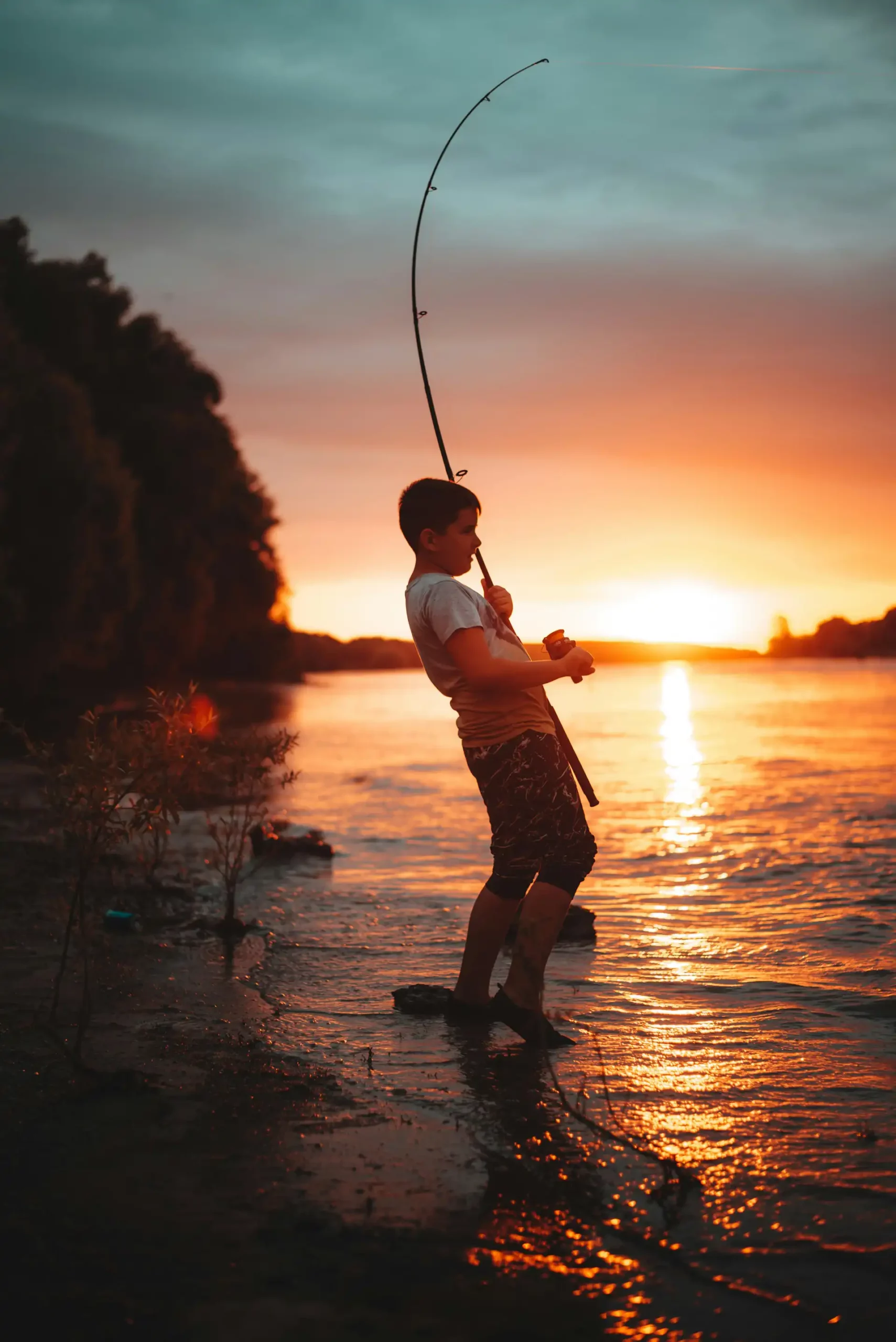
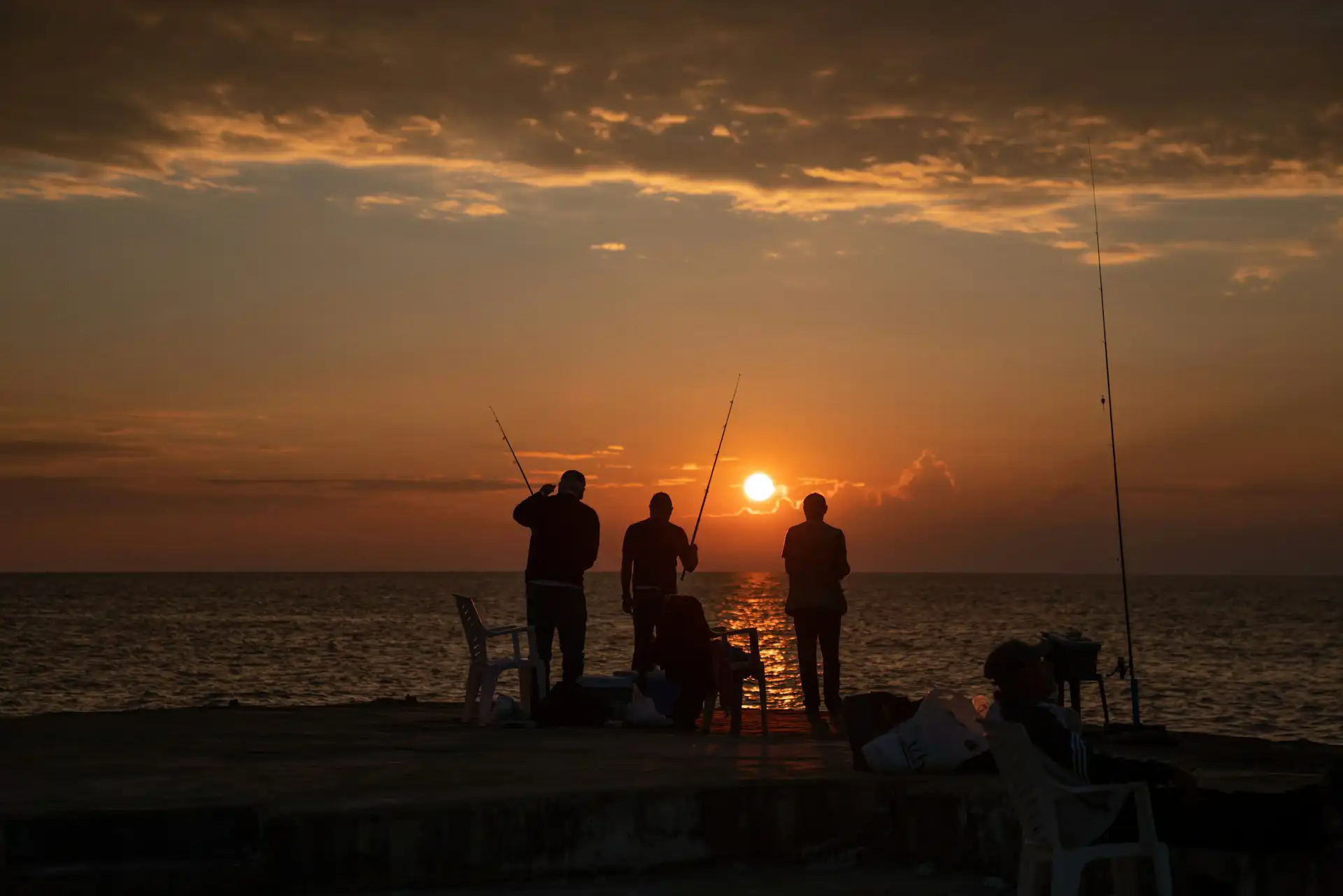
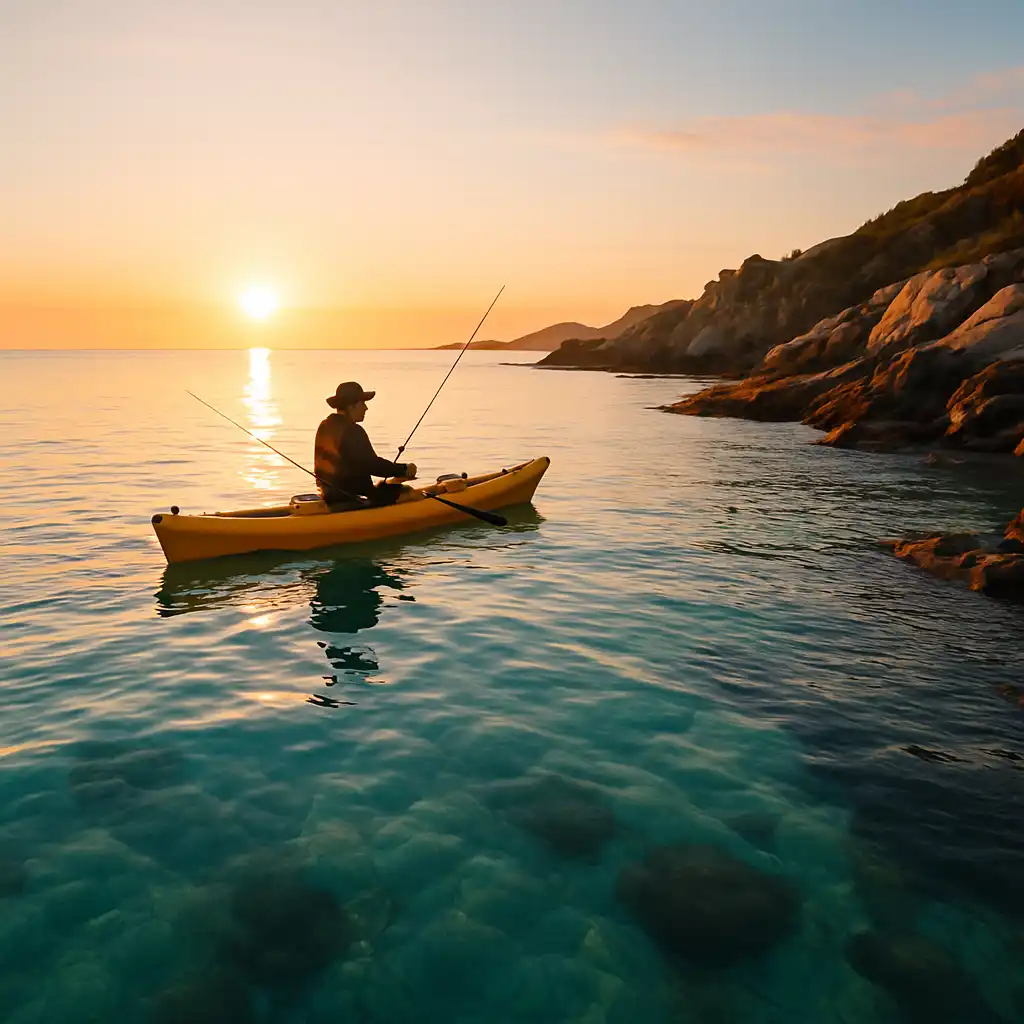

Affiliate Disclosure: We are a participant in the Amazon Services LLC Associates Program, an affiliate advertising program designed to provide a means for sites to earn advertising fees by linking to Amazon.com. As an Amazon Associate, We earn from qualifying purchases. Your support helps us keep this site running—thank you!